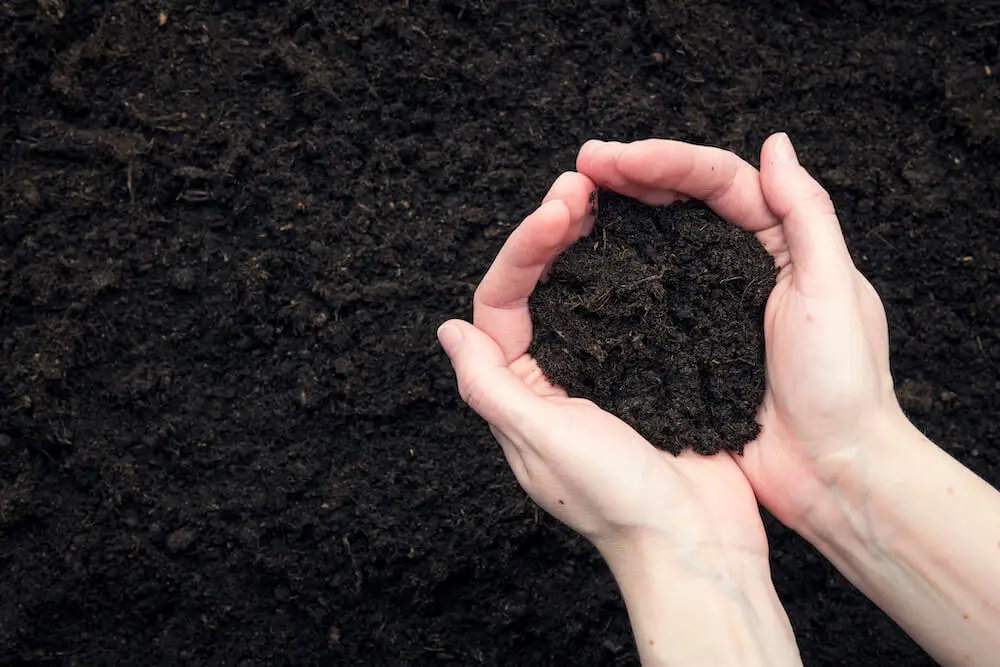You might have heard about ancient peat and its purported health benefits, but what exactly is ancient peat?
Ancient peat, also known as humic substances or humic acid, is a complex mixture of organic compounds formed over thousands of years from the decomposition of ancient plant matter.
This natural resource has garnered significant attention in recent years, with proponents claiming it can improve overall well-being. However, like many natural remedies, the jury is still out on its efficacy and safety.
In this comprehensive article, we’ll dive deep into the potential benefits, and risks of ancient peat, and how to responsibly incorporate it into your lifestyle.
By the end, you’ll have a better understanding of whether this ancient substance is genuinely good for you or not.
Ancient peat may offer some health benefits, but the research is still limited, and there are potential risks to consider, so it should be used cautiously under guidance from a healthcare professional.
What is Ancient Peat?
Ancient peat is a rich, dark substance that forms over thousands of years through the gradual decomposition of organic matter, such as plants, trees, and other vegetation.
This slow decomposition process occurs in oxygen-deprived environments, like bogs, swamps, and wetlands, resulting in the formation of a complex mixture of humic substances, including humic acid, fulvic acid, and humin.

These humic substances are composed of various organic compounds, including carbohydrates, amino acids, and phenolic compounds, which are believed to have various beneficial properties.
Ancient peat is often marketed as a dietary supplement, soil amendment, or component in personal care products.
Potential Benefits of Ancient Peat
Proponents of ancient peat claim that it offers a wide range of health benefits, including:
- Antioxidant Properties: Ancient peat is rich in antioxidants, which can help neutralize harmful free radicals in the body. These free radicals are linked to various chronic diseases, such as heart disease, cancer, and premature ageing.
- Digestive Health: Humic substances in ancient peat may have a positive impact on gut health by promoting the growth of beneficial gut bacteria and reducing inflammation in the digestive tract.
- Detoxification: Some studies suggest that ancient peat can bind to and remove toxins, heavy metals, and other harmful substances from the body, potentially supporting the body’s natural detoxification processes.
- Skin Health: When used topically, ancient peat is believed to have moisturizing and anti-inflammatory properties, which may benefit various skin conditions, such as eczema, psoriasis, and acne.
- Immune System Support: Ancient peat may help modulate the immune system, reducing inflammation and supporting the body’s natural defenses against pathogens and diseases.
Potential Risks and Concerns
While ancient peat holds promise, there are also potential risks and concerns to consider:
- Contamination: Ancient peat can sometimes contain harmful contaminants, such as heavy metals, pesticides, or other environmental pollutants, depending on the source and extraction methods.
- Drug Interactions: Humic substances in ancient peat may interact with certain medications, potentially reducing their effectiveness or causing adverse reactions.
- Allergic Reactions: Some individuals may experience allergic reactions or sensitivities to ancient peat, especially when consumed orally or applied topically.
- Lack of Regulation: Dietary supplements containing ancient peat are not well-regulated, and the quality and potency of these products can vary significantly between manufacturers.
- Limited Research: While there is some research on the potential benefits of ancient peat, much of the evidence is preliminary, and more rigorous studies are needed to establish its safety and efficacy.
The Power of Plant-Based Proteins
Responsible Use of Ancient Peat
If you’re considering incorporating ancient peat into your health regimen, it’s crucial to do so responsibly and under the guidance of a qualified healthcare professional.

Here are some tips for responsible use:
- Source Quality Products: When purchasing ancient peat products, look for reputable brands that use third-party testing to ensure the quality and purity of their products.
- Follow Dosage Instructions: Always follow the recommended dosage instructions on the product label or as advised by your healthcare professional. Consuming excessive amounts of ancient peat can potentially lead to adverse effects.
- Consult Your Healthcare Provider: Before adding ancient peat to your routine, discuss it with your healthcare provider, especially if you have any underlying medical conditions or are taking medications.
- Conduct a Patch Test: If using ancient peat topically, perform a patch test on a small area of skin to check for any potential allergic reactions.
- Consider Environmental Impact: Be mindful of the environmental impact of ancient peat extraction, and choose products from sustainable and responsible sources.
Are Pepper Seeds Good for You?
Conclusion
Ancient peat is a fascinating natural substance with potential health benefits, but its efficacy and safety are still not fully understood.
While some research suggests that it may offer antioxidant, digestive, and detoxification benefits, there are also risks and concerns to consider, such as contamination, drug interactions, and allergic reactions.
Ultimately, the decision to incorporate ancient peat into your lifestyle should be made in consultation with a qualified healthcare professional, taking into account your individual health needs and potential risks.
By approaching ancient peat responsibly and with caution, you can make an informed decision about whether this ancient substance is good for you or not.

